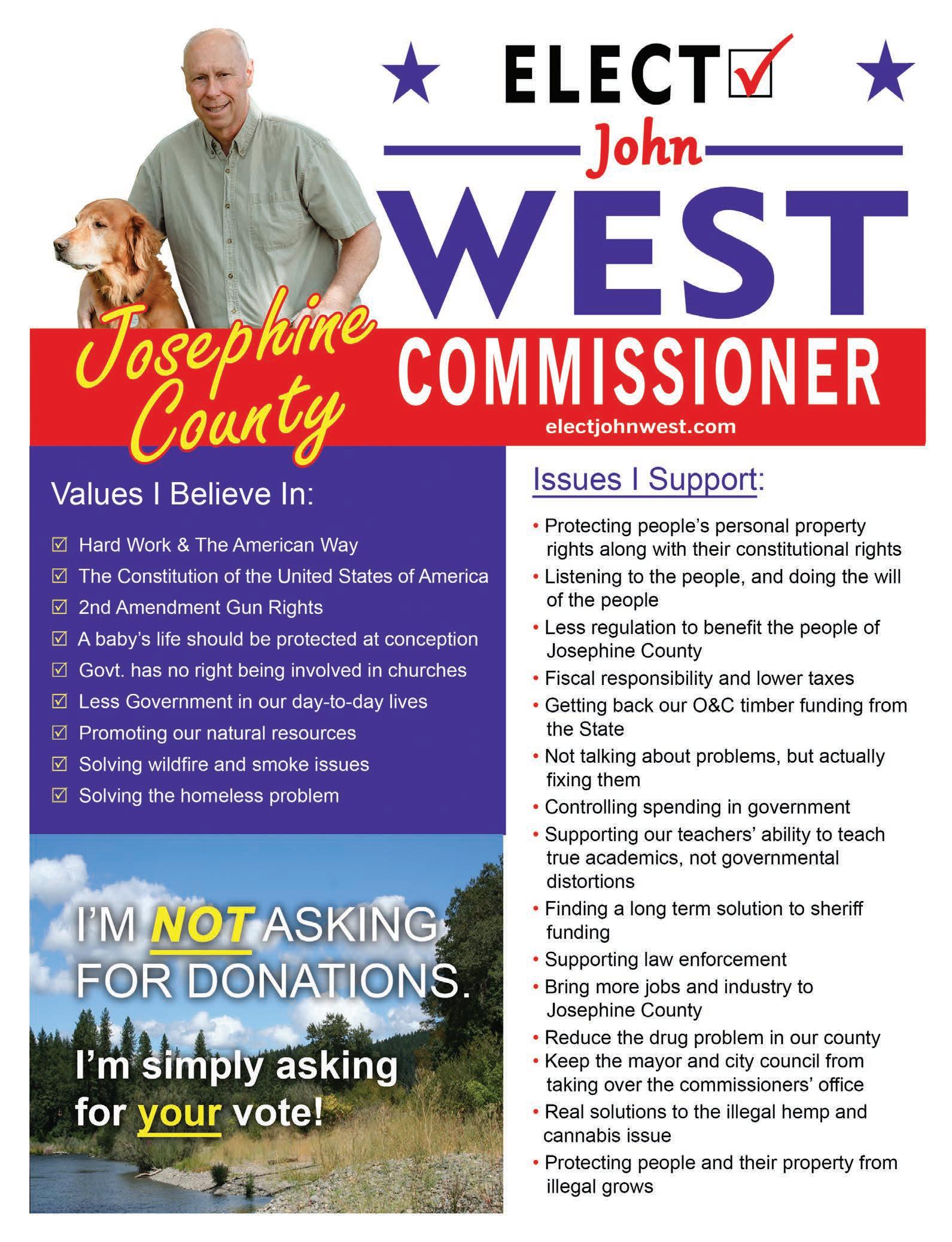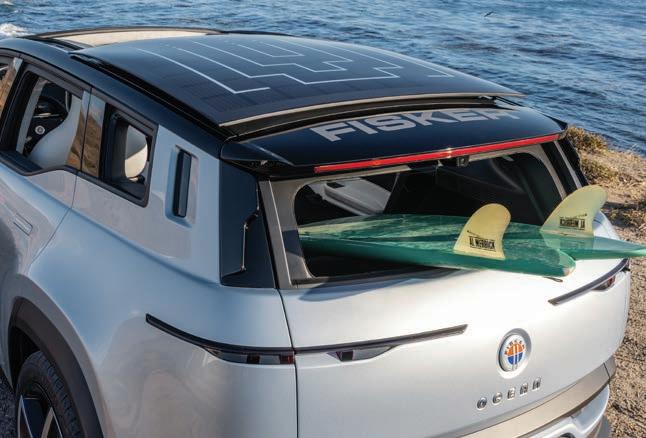
26 minute read
CAR PREVIEW
Sneak Peak: Fisker Ocean One
Electric SUVs are exploding in popularity and one of the most anticipated is from start-up Fisker
Advertisement
THE EXCLUSIVE, LAUNCH-EDITION FISKER OCEAN ONE will be the first-ever vehicle launched by Fisker, an American company. Limited to the first 5,000 units produced, this uncompromised luxury edition comes fully loaded with all available premium features and includes rarities such as 22” F3 SlipStream Wheels made from aluminum with beautiful, recycled carbon fiber inserts, a commemorative digital signature, Big Sur Blue with metallic matte finish, and more.
Notable Features:
With the Fisker Ocean’s revolutionary full-length SolarSky roof, you can harvest the sun’s rays to generate free energy to support the vehicle’s battery-powered motor. When fully exposed to the sun, the Fisker Ocean Extreme’s SolarSky can produce up to 1,500 clean, emissions-free miles per year, and under ideal conditions may increase to beyond 2000 miles – all powered by pure sunshine.
Push a button and eight glass panels open simultaneously to transform a versatile SUV into a coastline-cruising convertible. With its exclusive California Mode, you can drop the front windows, both rear-seat windows, both rear Doggie windows next to the D-pillar, and the Rear Lift Gate Window while opening the SolarSky roof at the same time. You can even load a surfboard through the open rear window.
The interior features carpet made from recycled plastic bottles, fishing nets, and t-shirts. Speaking of the interior, the Ocean comes with a patented, revolving 17.1-inch screen in the center of the dash that can rotate from landscape to portrait mode. This can serve as ideal screen layouts for driving (portrait) or “Hollywood mode” (landscape) for screen viewing while parked.
Key Specs:
• Powertrain: Dual Motor AWD w/ Rear
Disconnect Smart Traction • Range: 350+ Miles • Drive Modes: Earth, Fun, Hyper • Battery Chemistry: Nickel Manganese
Cobalt (NMC) • 0-60 mph time: 3.6 seconds • Peak Horsepower: 550 HP • Price: $68,999
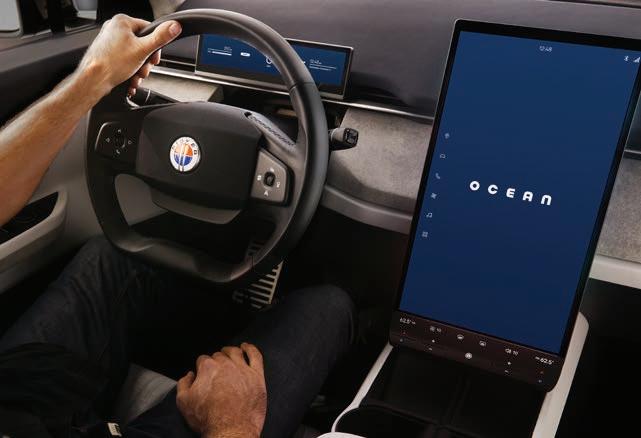

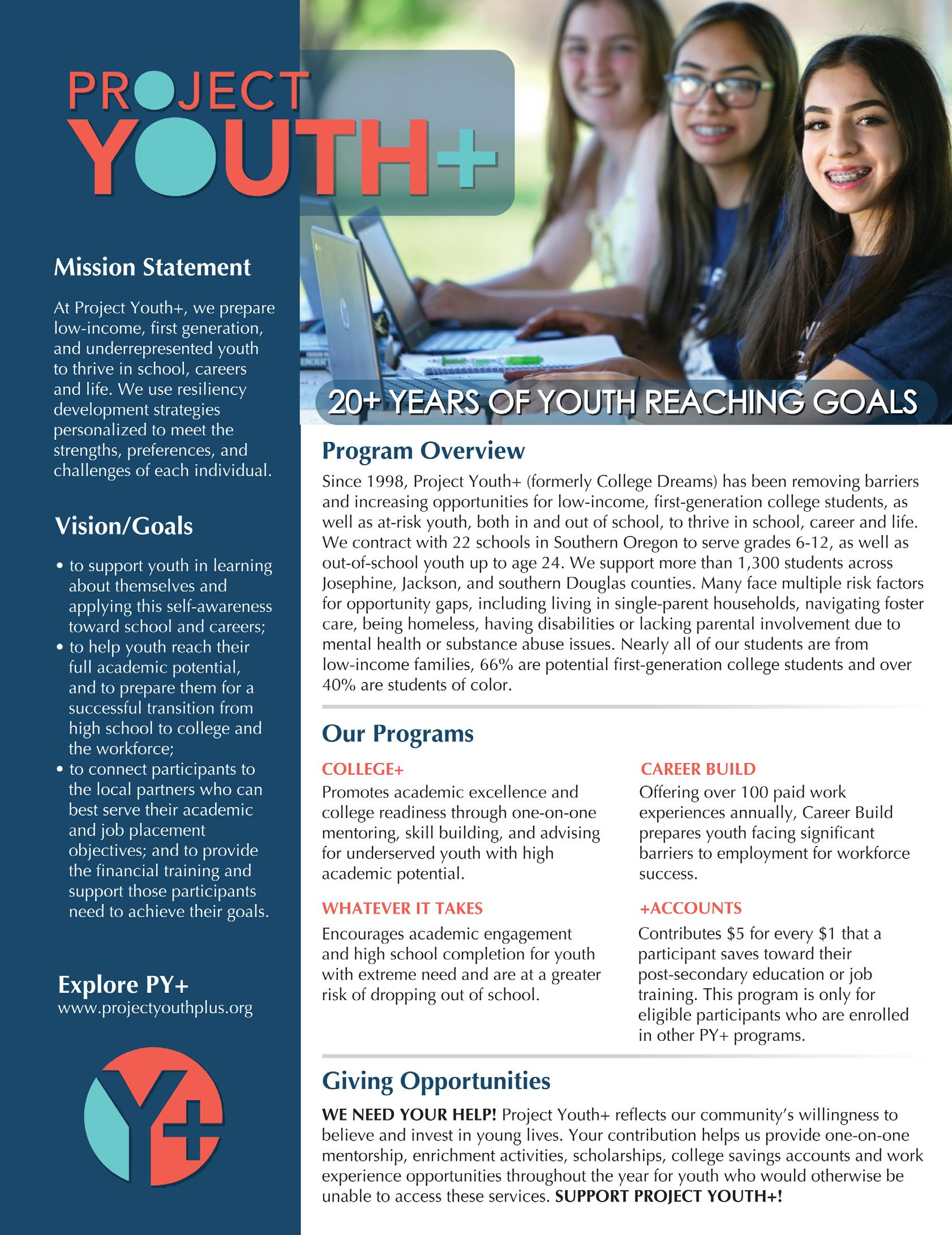
SAFETY!FIRST

Oregonians love their guns, but you have to ensure you’re handling them safely and securely
BY JONATHAN BOY
IREARMS SEEM TO BE A HOT TOPIC in the news today. The world is becoming more and more chaotic and many folks are turning to firearms for security and personal protection. Knowing how to handle them safely could potentially save your life and the lives of others.
The first casualty I saw during my time in Iraq was a gunshot wound to the calf. The young paratrooper had been shot accidentally by another soldier. The Soldier who shot him had served in the Infantry for nearly 20 years and was no stranger to firearms safety— he simply became distracted. He inadvertently pointed his pistol in an unsafe direction and also failed to follow the clearing procedure. He wasn’t the only one. There were enough “accidental discharges” in Iraq that the terminology changed to “negligent discharge.” My point is that safety violations can happen to anyone, no matter their experience level. One moment of distraction, one broken rule, one time not following a procedure and someone might pay with their life.
Let’s take a second and break down gun safety into some core concepts. We all know that firearms were designed to kill. Sport shooting is fun, but we did not invent firearms to shoot skeet. We invented firearms to end threats and kill animals. This fact makes firearms inherently unsafe, and unsafe things deserve the utmost respect and attention. Like the air, sea, explosives, and scorned lovers, firearms can be terribly unforgiving of mistakes. So, how do we avoid these mistakes? By using our brains, following the rules of firearms safety, and developing sound tactics, techniques, and procedures (TTPs), of course.
Keeping guns safe comes down to just a few things. Ensuring the firearm doesn’t accidentally/ negligently discharge and, if discharged, the bullet will hit something safe. Some firearms have safety mechanisms designed to stop them from discharging, but these are more for safe handling and should not be solely counted on to prevent mishaps. The primary safety for anything is between your ears. Therefore you must train your brain to be safe in order to operate safely. Review the rules regularly, call out others when they are unsafe, and ask them to call you out if you are unsafe. As we say in the Army, everyone is a safety officer. If you see an unsafe act, make sure to call cease fire and make the situation safe before you proceed. There is no room for ego and you should always bring up anything you think might be a safety violation. It is better to call it out and be wrong, than not call it out and be right.
One of the primary ways to keep firearms safe is to store ammunition separate from the firearm, and never load them until ready to use. If you carry a firearm daily, as I do, you must have safety procedures in place to ensure that ammunition is completely controlled. This is especially true when you intend to do dry fire drills.
Another consideration is storage of the firearm itself. Firearms must be stored in a way that denies access to anyone, especially children. There are many types of gun locks and safes out there, so make sure anything you buy is effective. For example, some gun cabinets are easily pried open and barely deter someone who is determined. Regarding children, assume you cannot hide a firearm from a child and lock it up! Also I encourage folks to stop making firearms taboo. Teach children what firearms do and how to make them safe. In the end children should:
1) stop, 2) don’t touch, 3) seek safety (run away), and 4) tell an adult.

Below are the five rules of firearms safety that I use as a firearms instructor. Some organizations vary these a bit, but, in general, these are the main five that will keep you and the people around you safe:
1 | Treat all firearms as if they are loaded. 2 | Always point firearms in a safe direction.
4 | Be sure of your target and what is beyond it. 5 | Never use firearms under the influence of drugs or alcohol.
We take these rules very seriously, to the point that we even apply these rules to unloaded firearms. Some may think this extreme, but, when you take into account the carnage that firearms can cause, it pays to be extraordinarily cautious. These are only the starting point. Never think that these rules are all inclusive or that they cannot be modified as needed. Before you go tinkering with rules though, make sure you understand the concept behind the rule. In the following paragraphs, that is just what we’ll do: look at the concepts of how to stay safe around firearms. Rules are great, but knowing why we have the rule is better.
The first rule, treat all firearms as if they are loaded, is there to remind us that firearms are dangerous and deserve respect. If we assume the firearm is loaded, then we must exercise all the other rules. It’s fun to pretend, but in this case pretending might save a life and prevent the ill effects of tragedy.
Always point firearms in a safe direction is the second rule for a reason. This rule will absolutely save you when the other rules fail. If you always keep the firearm pointed away from people and property, then if it goes off, no worries. The idea here is to control where the bullet goes. The military uses clearing barrels outside of any facility where firearms are stored or where they need to be made safe. These barrels are usually half filled with sand to catch bullets safely, providing a safe direction to point your firearm.
In most domestic environments, the ground is usually the safest direction. At the range, firearms should always point down range to where the targets are located. It is also unsafe to accidentally point a firearm at someone. We call this “sweeping” and it is a definite faux pas. You may hear folks saying the words “muzzle control.” This is what that refers to in the shooting community. No matter where you are or what you are doing with firearms, always make sure they are not pointing at people or property.
The third rule, keep your finger off the trigger until ready to fire, came primarily from the military and law enforcement community. We call it “trigger discipline.” If you have your finger in the trigger guard when you do not intend to shoot, you are much more likely to have an accidental/negligent discharge.
If the primary safety for anything is between your ears, then the secondary safety for any firearm is at the end of your hand. It is extremely rare that a gun will discharge unless the trigger is squeezed. Drop a firearm, bang it around, or leave it in a hot car (please don’t do any of these) and it is unlikely to discharge, but squeezing the trigger is a different story. We train this rule so much that you often see memes of wounded service members on the battlefield still maintaining trigger discipline. This is also the rule that I most often repeat when training folks at the range.
The fourth rule, be sure of your target and what is beyond, alludes to the fact that firearms are powerful and bullets can travel long distances. At first glance, this rule may seem like a different way of stating the second rule, but this is not the case. This rule is about what happens after the bullet hits the target.
Modern rifle cartridges are high velocity and can kill from miles away. Bullets will even pass right through some buildings, especially modern homes. You are always responsible for what happens as a result of every bullet you fire. Recently a 14-yearold girl was accidentally shot by law enforcement while trying on clothes. The officers were reacting to an active shooter situation and a bullet went through the wall of her dressing room and she died. Life isn’t a game and you had better know where your bullets will end up. You will be held accountable.
The fifth rule goes without saying. Surviving unsafe situations demand sobriety. If you intend to carry a firearm or go to the range for the day, you must be sober. If you plan to imbibe at all, leave the firearms in the safe.
Firearms seem to be everywhere today and are a source of much controversy. No matter which side of the debate you fall on, knowing how to safely handle firearms is essential. If you have never handled a firearm, consider attending an introductory training course. The internet is another great resource, just make sure the information is coming from a reputable source. gp

Jonathan is originally from the mountains of East Tennessee. He is retired from the US Army, where he served as a paratrooper in the infantry and medical fields. He currently serves as a firearms instructor and is a lifelong student of defense. His goal is to develop students who approach personal defense with a decisive but compassionate attitude. During his free time, he enjoys being a father, playing in the water, and cooking with reckless abandon.
This wild nine-day cultural event in the Nevada desert is frequented by celebs, hippies and tech moguls

BY NATALY LOPEZ
BURNING MAN is an annual, nine-day gathering in the Nevada desert. It’s held the week prior to and including Labor Day weekend each year (so it’s August 28 through September 5 this year) and includes artistic performances, imaginative artwork, music, and a lot of partying. Burning Man is not a festival. It’s a city wherein almost everything that happens is created entirely by its citizens, who are active participants in the experience. The entire city is literally built from scratch each year.
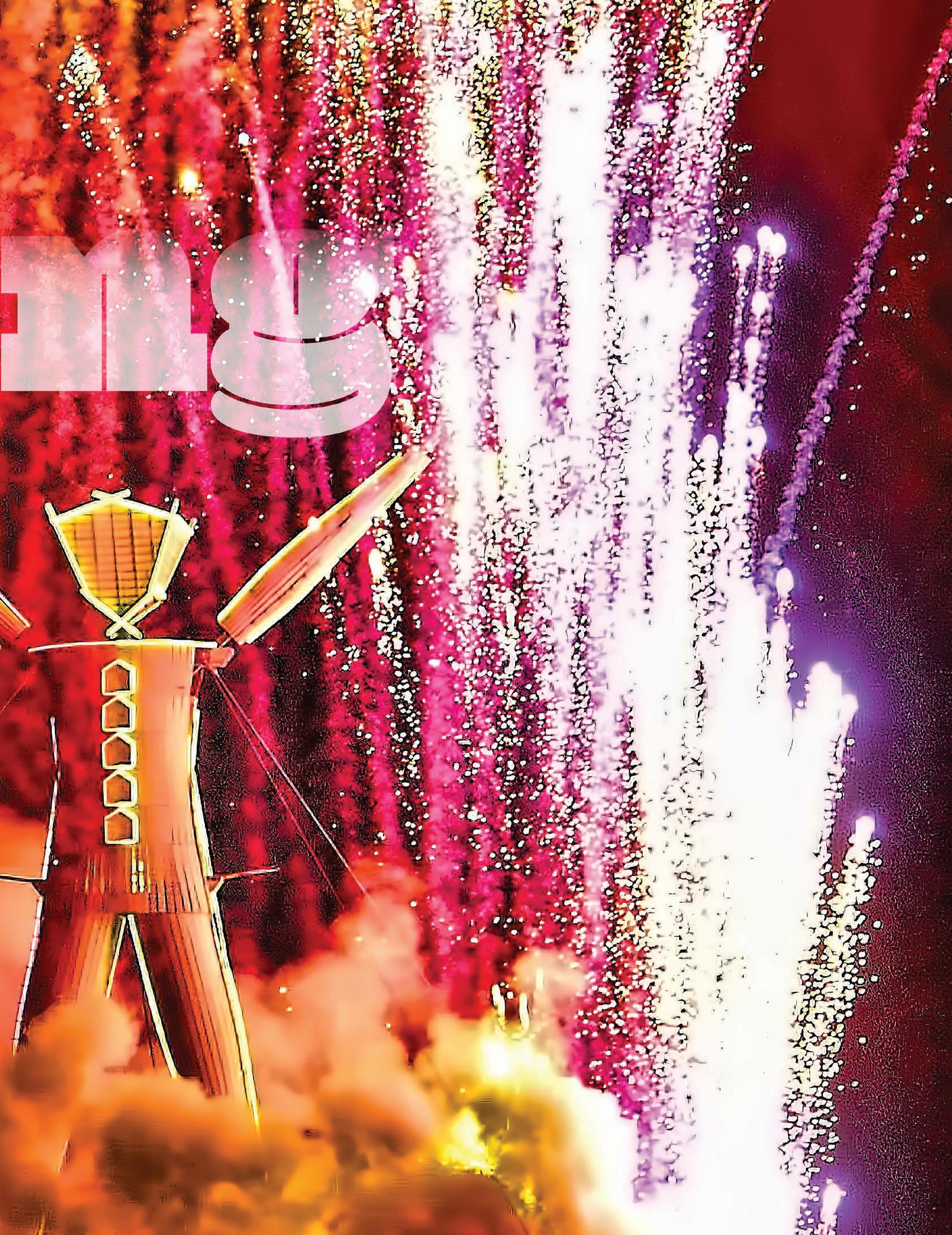
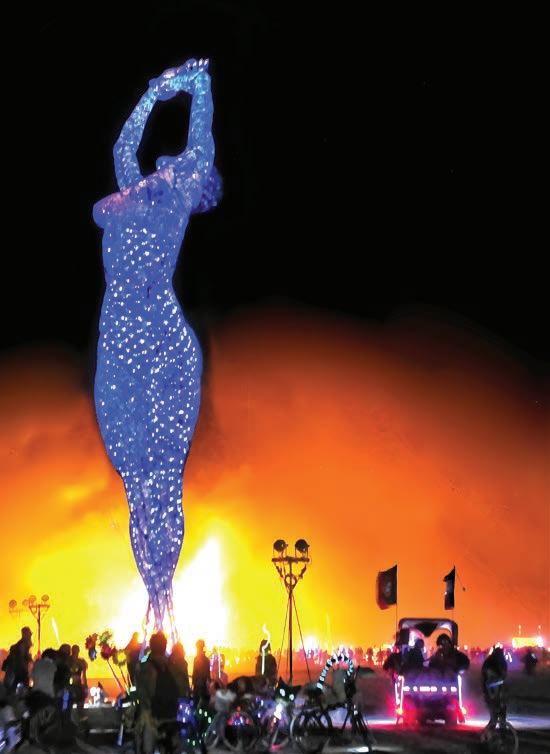
DEBBIE WOLFF/BURNING MAN ANDREW WYATT/BURNING MAN
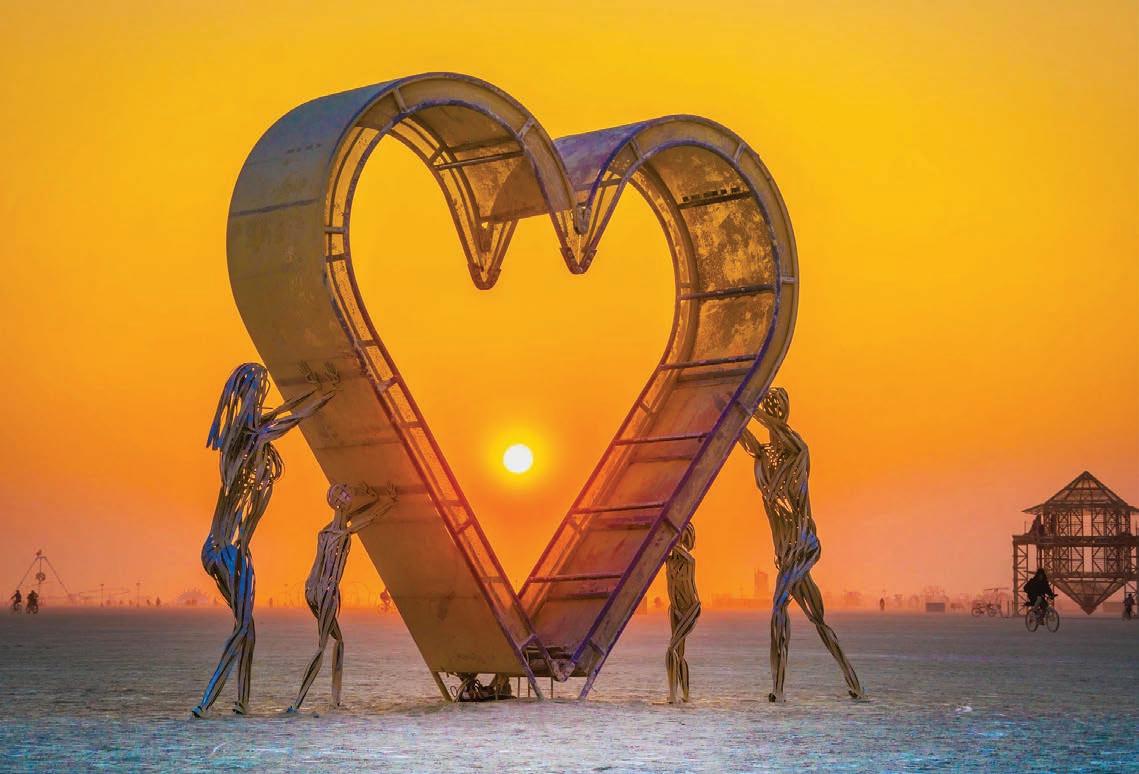
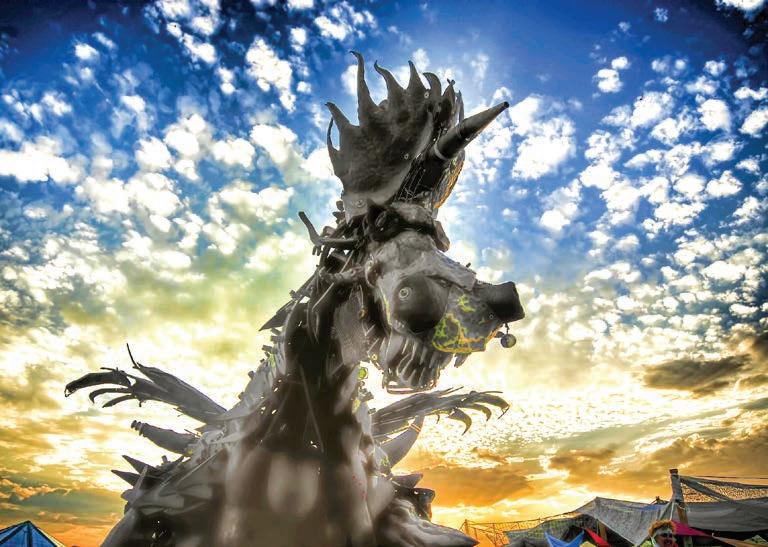
ANDREW WYATT/BURNING MAN ANDREW WYATT/BURNING MAN
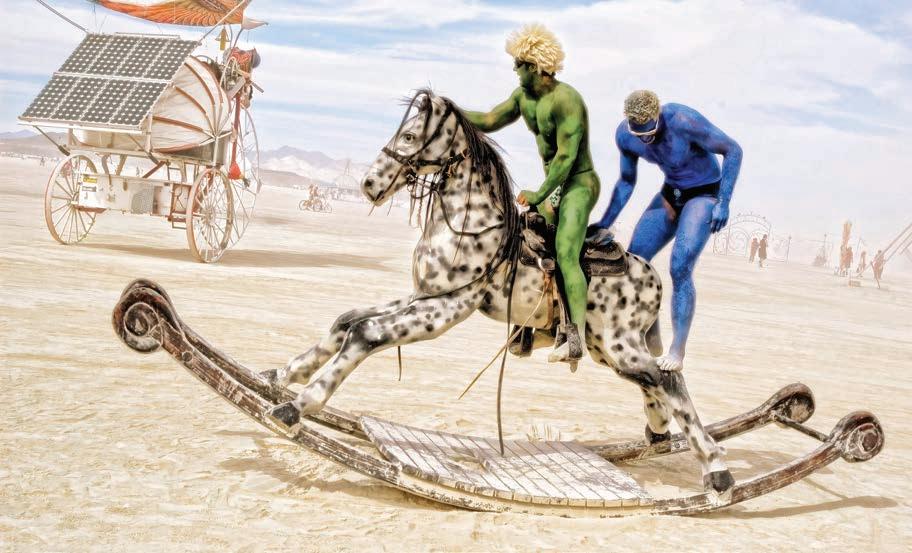
“Burning Man is not a festival. Burning Man is a community. A temporary city. A global cultural movement based on 10 practical principles,” the official website states.
A few of these principles include unwavering inclusion (anyone can be a part of Burning Man), gifting, decommodification (no money passes hands), self-reliance, self-expression, leaving no trace behind, and participation.
Once a year, tens of thousands of planners and volunteers gather in Black Rock Desert to create Black Rock City, a temporary metropolis dedicated to community, art, self-expression, and self-reliance. In this crucible of creativity, all are welcome.
Because no money is exchanged at Burning Man, participants (called Burners) are expected to bring food, supplies, shelter, and anything else they might need. The cost of a ticket, however, starts at $425. The total cost of attending Burning Man is estimated to range from $1,000 to $20,000, including transportation, food, camp fees, costumes, and gifts.
The name “Burning Man” comes from the symbolic ritual burning of a large wooden sculpture (“the Man”) that usually takes place on the Saturday evening of the event. The event originated on June 22, 1986, on Baker Beach in San Francisco as a small function organized by Larry Harvey and Jerry James, the builders of the first Man. For the next four years, the annual fire party was held at Baker Beach in San Francisco. In 1990, the Park Police interceded to prevent the culminating burning of the statue, so the event was moved to Nevada.
In order to truly understand Burning Man, you probably just need to go. The gathering of more than 70,000 people includes wild costumes, art installations, spontaneous musical performances, and lots of partying.
Burning Man does not book any entertainment for the event, but instead encourages participants to perform
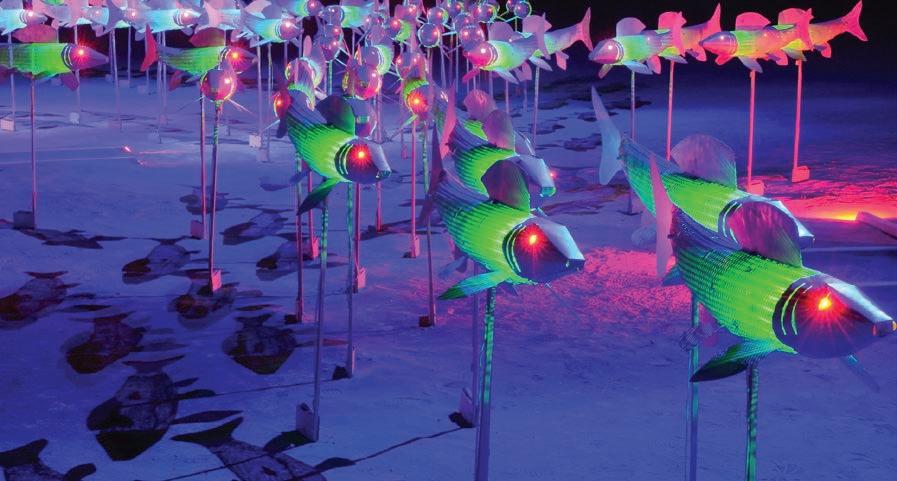
LEO HORTHY/BURNING MAN WENDELL DELANO/BURNING MAN
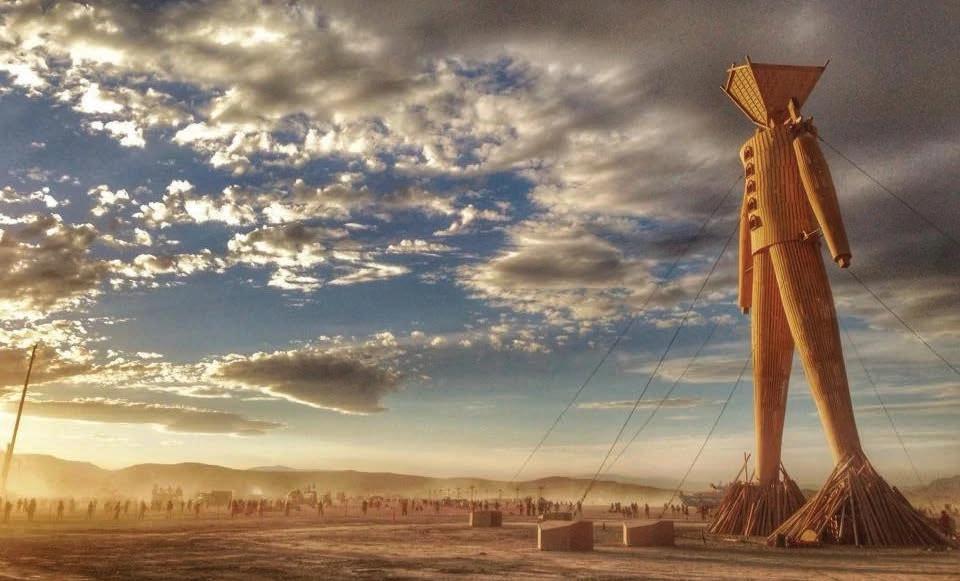
ANDREW WYATT/BURNING MAN
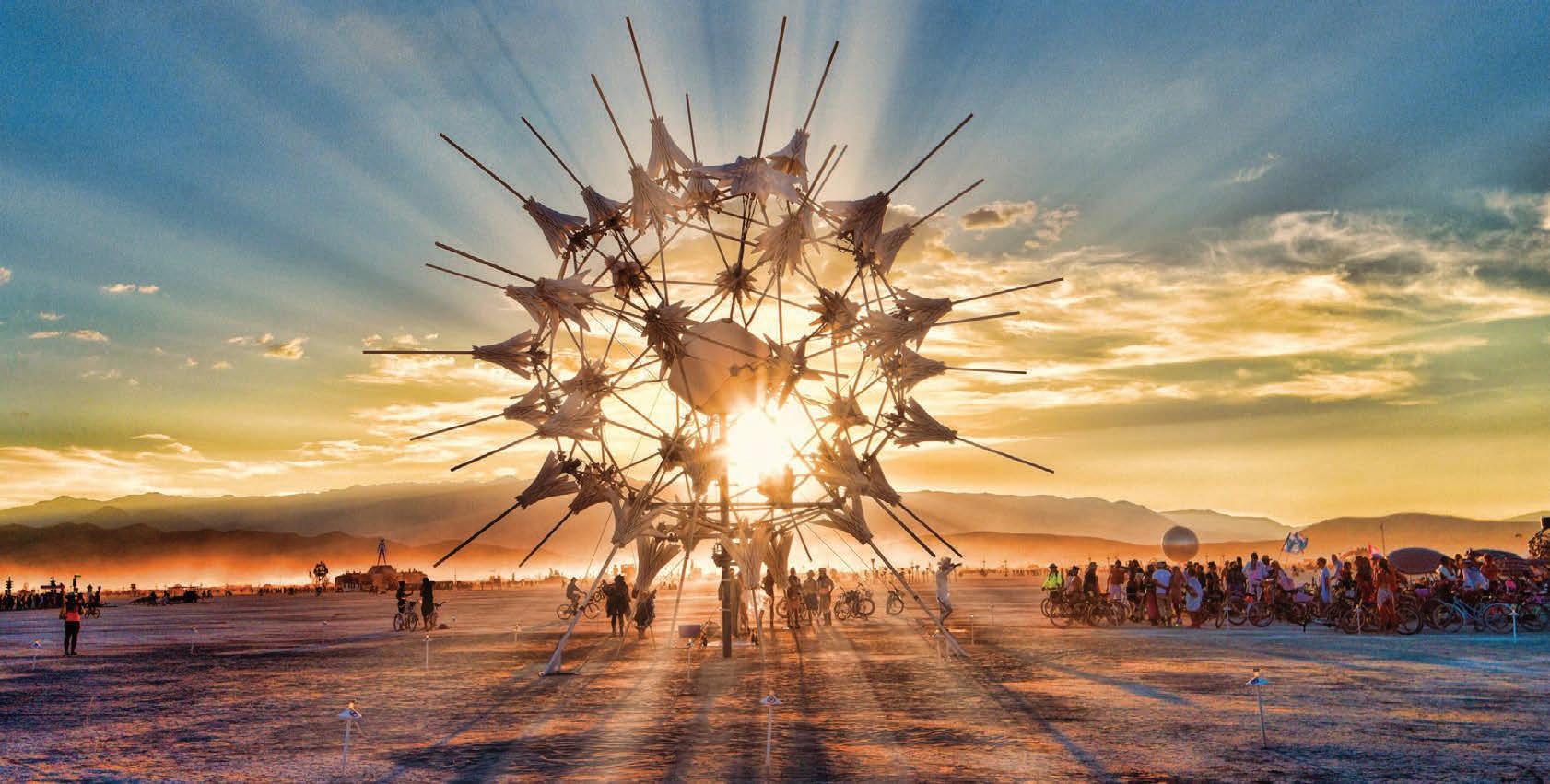
for the community free of charge. People wander around the camps on foot, bicycles, and scooters, cook together, dance, drink, make art, and generally just enjoy the experience. Because no money changes hands, Burners can participate in activities such as wine tastings, zip lining, and massages — all given out by various attendees for free.
Burners bring everything they need with them — and then pack it out with them afterward. The only things you can buy there are coffee and ice. That means attendees must bring their own shelter, food, water, sunscreen, and whatever else they might want or need. The website suggests participants bring a bicycle to get around and “toys or costumes with which you can express your creative spirit.”
Burners go all-out in expressing their creative spirits with their costumes. People often wear extravagant, creative outfits with plenty of color and embellishments such as feathers, glitter, and beads. Many wear fancy hats or headpieces. You might see Burners wearing long golden capes, giant wings, unicorn horns, feathered mohawks, or stilts. Basically, the wilder the outfit, the better.
Each year’s festival is given a theme. In 2022, the theme is “Waking Dreams,” which will explore the transformative power of dreams, both literal and figurative, and celebrate the dreamers who channel this potent energy in eyeopening, often surrealistic, sometimes life-changing ways.
Recent past themes include “I-Robot,” “Radical Ritual,” “Da Vinci’s Workshop,” “Carnival of Mirrors,” and “Caravansary.”
Burning Man closes with the burning of the Temple Galaxia, a 65-foot wooden structure that symbolizes how the fabric of the universe connects all living beings. For the burning of the temple, people create memorials for deceased loved ones and past relationships.
For more information about Burning Man, visit burningman.org. gp
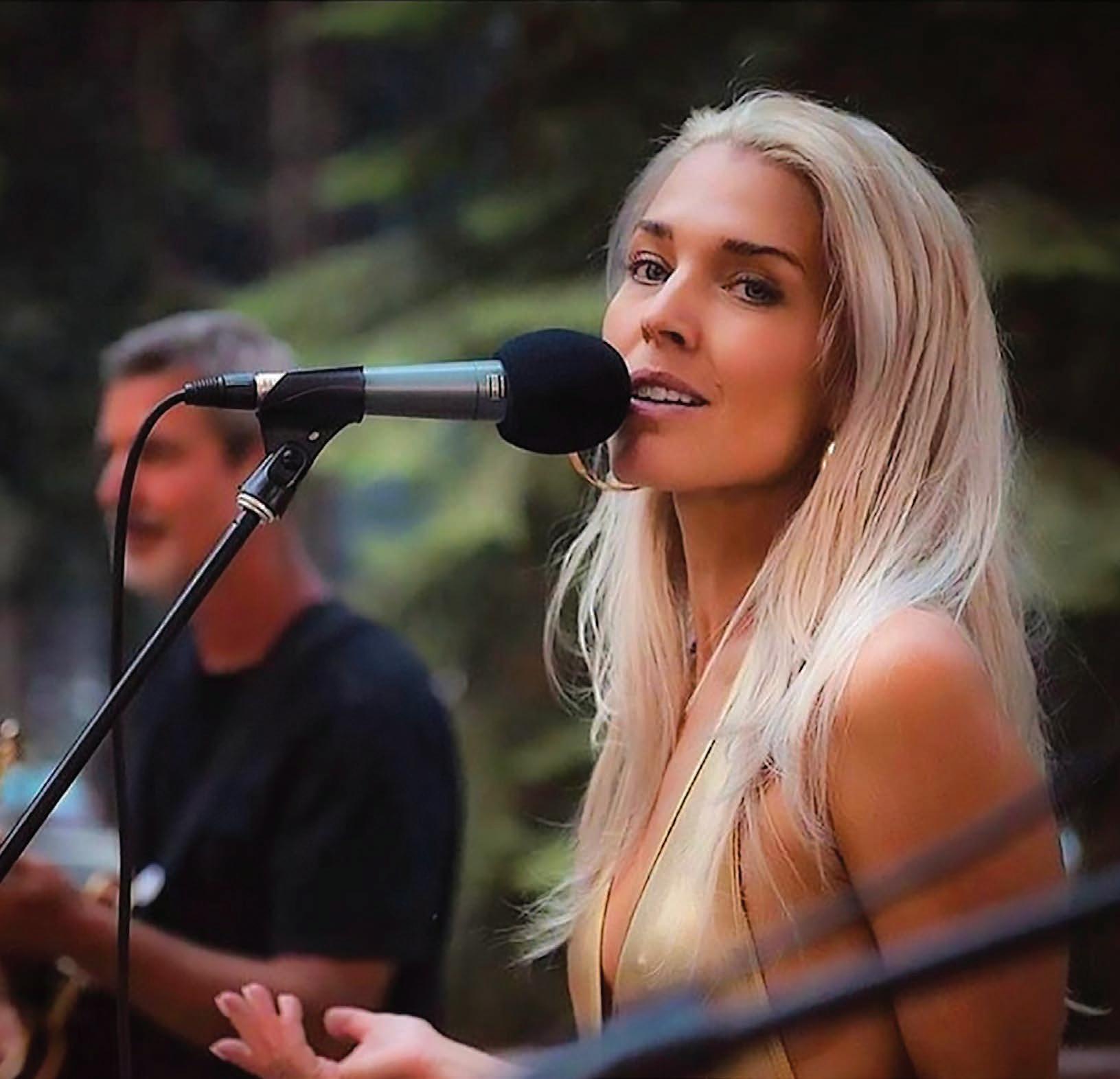
The Danielle Kelly Soul Project is making waves on the local music scene with their unique sound and energetic performances
IF YOU’RE A FAN of the local music scene, you’ve probably heard of Danielle Kelly and her band the Soul Project. If you haven’t, you need to. The Danielle Kelly Soul Project (www.daniellekellymusic.com) frequently plays local music festivals, weddings, night clubs, wineries and resorts with their unique blend of jazz, retro and neo soul. It’s feel-good music with a vibe that has patrons dancing and singing along.
Grants Pass Magazine (GPM) had the opportunity to chat with Danielle about her journey from Alaska to Southern Oregon, and her musical influences along the way. Here is what she had to say.
GPM: You’re originally from Alaska. When did you move to the area, and what brought you to Oregon? Kelly: I moved to Ashland from Sitka, Alaska in 2003 to pursue my BFA in theater at Southern Oregon University. I’ve made the Rogue Valley my home base ever since. I’ve been charmed over and over by the energy and natural beauty of this place, and the supportive community that continually nurtures my creative growth.
GPM: What inspired you to become a musician? Kelly: Music is everything to me. It has become my livelihood by way of happenstance, by just being a part of my everyday life, rather than by conscious intention. I’m really lucky to have teamed up with such experienced players and to live in such a forgiving setting for learning the ropes of live entertainment.
GPM: How long have you and your band been playing together? Kelly: I started singing jazz with Paul Turnipseed around the spring of 2013 and by the fall we had also assembled the first incarnation of the five piece dance band Danielle Kelly Soul Project, initially playing every Friday night at The Whiskey Room in Medford.
GPM: You currently have a brand new album with all original songs premiering; tell us about your album. Kelly: We do! We did it! We wanted to keep our audience dancing, and pay homage to the classic style of the soul covers we’d been playing for years. We crafted 12 original songs with retro grooves and feels, and fun, uplifting messaging. Our drummer Nick Kirby did a great job engineering; and we were so lucky to have the help from veteran recording pros Alice DiMicele, Bret Levick and Jon Griffin. I learned so much from the whole process. We’re thrilled to share it with our fans and friends, and can’t wait to make another one.
GPM: Who has been your biggest influence thus far in your career? Kelly: I’ve been most impressed by the dynamic vocalists I grew up listening to and trying to emulate, like Dianna Krall, Stevie Wonder, Diana Ross, and Bonnie Raitt. Hanging on every interview and note of spectaculars like Aretha Franklin, Mariah Carey, Whitney Houston, and Prince, but the biggest influence in actually being a singer is my parents, who told me I could and my music educators who lit the way.
GPM: When you’re not performing, what do you do in your free time to unwind? Kelly: Free time is a rare commodity for me, as I daytime as a radio host at Jefferson Public Radio (more music, I can’t help it), but otherwise I charge my batteries by getting to a beach,
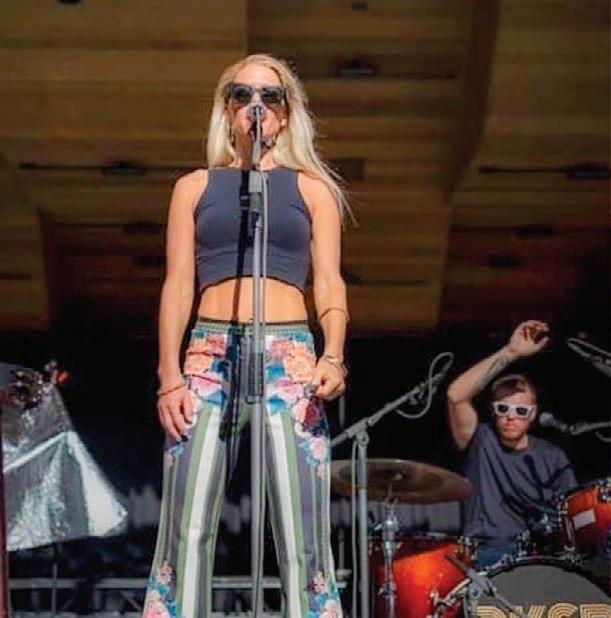
building bonfires, or soaking in some hot water. Love me some kitchen time with dear ones.
GPM: Tell us something that people may assume, but don’t really know about you? Kelly: Besides the tambourine, I don’t play an instrument (yet) and am musically illiterate! I’m currently working with a coach to build a foundation of important basics with the piano.
GPM: What’s in the works for this coming year? Any big news to share? Kelly: I am so thrilled to have live music events picking back up again. I’ve missed it so much! And I’m excited to be writing more original material, as a band, and as a solo recording artist.
GPM: What do you like about performing live? Kelly: The chance to express raw emotion, to connect that way with an audience is so unique. I also love the ceremony of live shows, dressing up, preparing what to share with my audience, setting up and connecting with my bandmates, getting lost in the music (if I’m lucky) and seeing people experience the music with me … and hugs!
GPM: What do you dislike about performing live? Kelly: Sometimes it’s really cringey to make a mistake and not get to redo it. But that’s also the beauty of live performance, because once a moment happens, it’s gone! GPM: What is your secret to balance your career with live performances, while writing new songs and keeping the band on track? Kelly: Ha! Remember to drink water, take my vitamins and call my mom.
GPM: If you could attend one concert this year, who would it be? And why? Kelly: Well i too like to dance, and I think getting lost in the trance with Khruangbin or get down with up and comers kike Eamon, or take notes from Bonnie Raitt … I’d be a happy girl.
GPM: Your 10 desert island records/CDs? Kelly: This would be the hardest choice EVER!! Could I take streaming stations instead? Aretha Franklin, Billie Holiday, Florence and the machine, Otis Redding, Diana Ross, Dua Lipa, Mariah Carey, Sylvan Esso, Beastie Boys, Tom Petty. But if I HAD to name records, in a hurry I might grab: • Bob Marley, Exodus • Dire Straits, Brothers in Arms • Joan Osborne, Relish • Leon Bridges, Coming Home • Fugees, The Score • Beatles, Help • Puff Daddy, No Way Out • Khruangbin, Con Todo El Mundo • Silk Sonic, An Evening with Silk Sonic • Cake, Fashion Nugget
GPM: Who are the top three musicians/performers you admired most growing up? And why? Kelly: Diana Ross — Her energy, strength, girl power, the outfits, and the sheer bossiness. Diana Krall— She made jazz seem modern and accessible. She sang and played the piano even better, and made it all look so cool! Also bossy. Ella Fitzgerald — She exudes elegance and ease, while singing the most elaborate and ornate vocals I’ve ever heard. She never ceases even now to make my head spin. gp





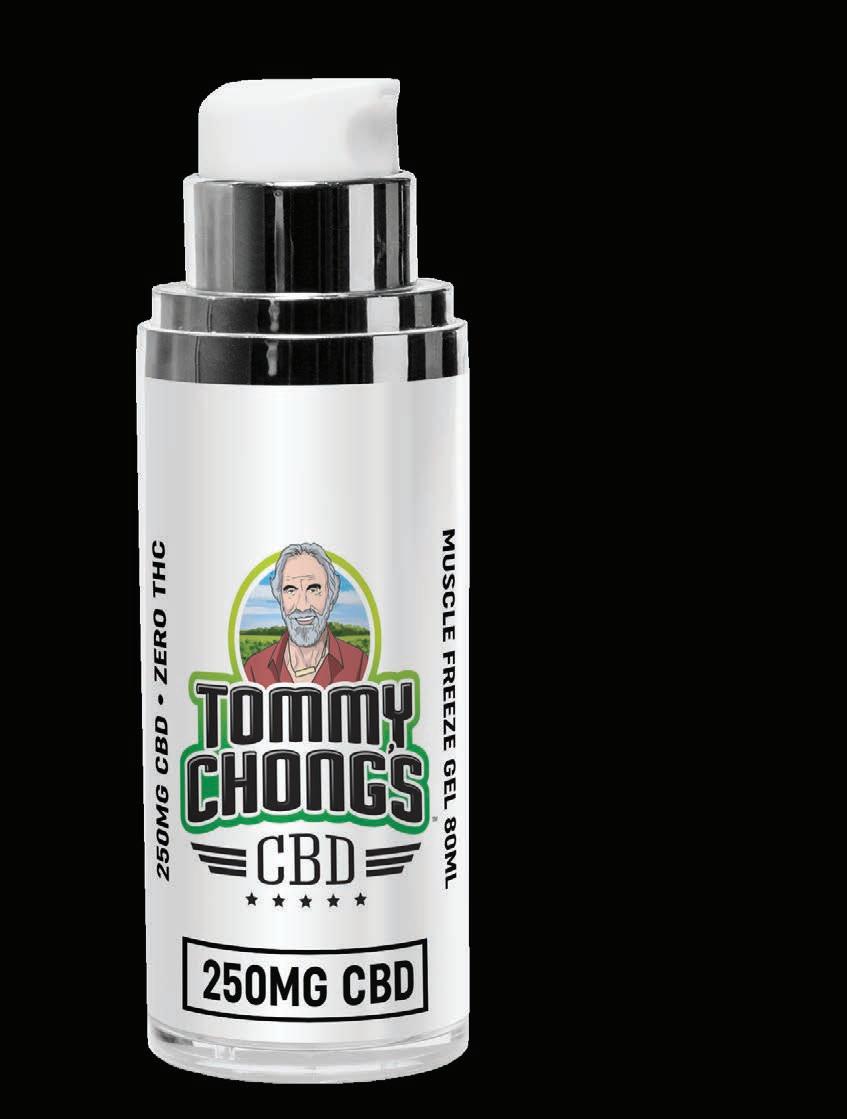



THREE DECADES of Thrills
SEVEN FEATHERS CASINO RESORT HAS BEEN ENTERTAINING SOUTHERN OREGON FOR 30 YEARS
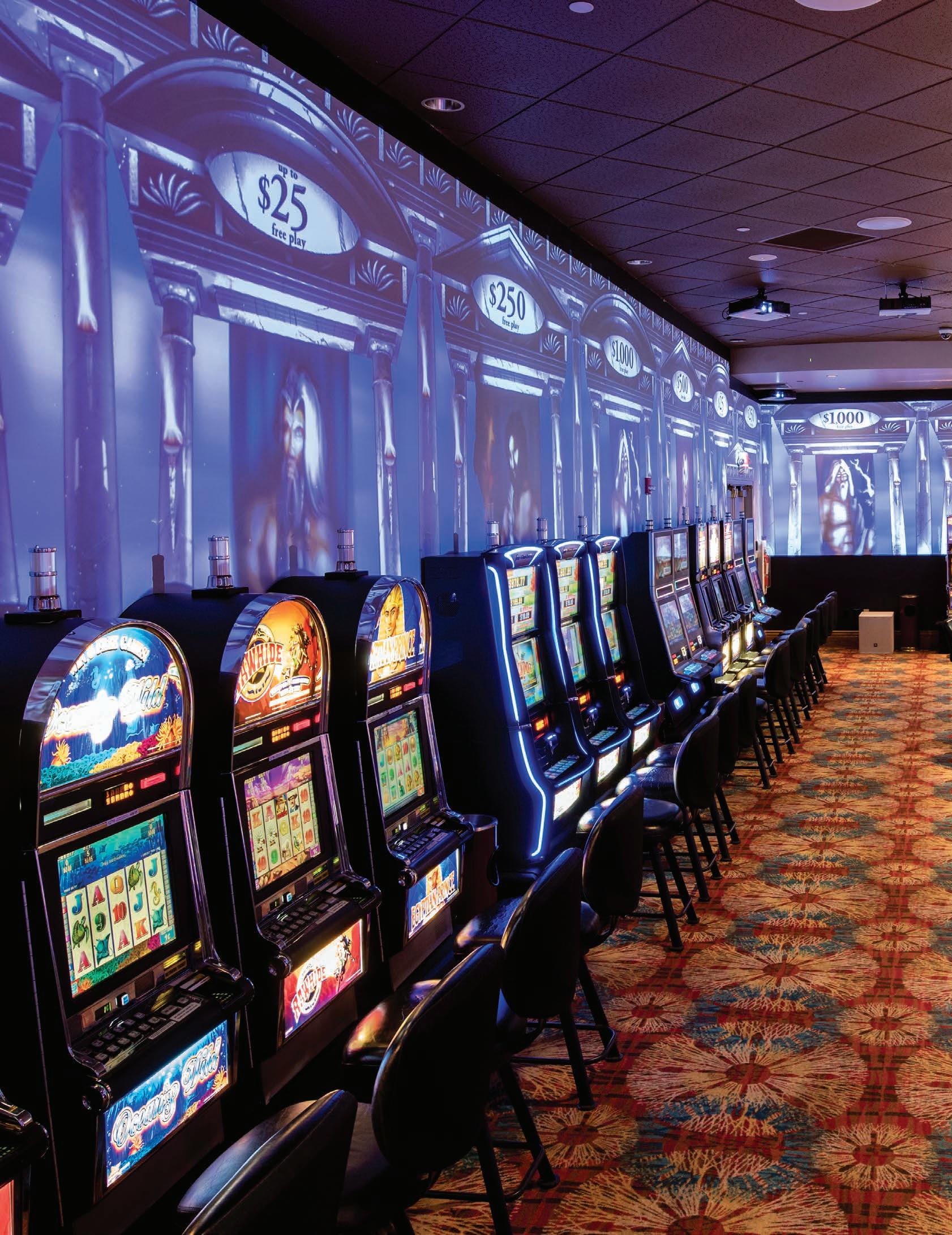
BY WILLIAM BURT

SEVEN FEATHERS CASINO RESORT is celebrating its 30th anniversary during the entire 2022 calendar year. Many Oregonians will be familiar with the history of the Cow Creek Umpqua Tribe and its journey toward building the state’s first Indian Gaming Center, that grew and developed into the modern casino resort that now resides at Exit 99 on Interstate 5. The past 30 years have been significant for the region, as Seven Feathers continues to make its positive impact felt in a multitude of ways. From its early beginnings until today, Seven Feathers has grown and evolved into the most awardwinning casino resort in the entire Pacific Northwest.
Between 1992 and 2022, a lot has happened in Canyonville, Oregon. The origins of this anniversary began in 1987 when the Supreme Court of the United States ruled in favor of the authority of tribal governments to establish gaming centers. By 1988, new laws meant that tribes in Oregon could legally establish rules with the state for gaming in the form of a gaming compact. The Cow Creek Umpqua Tribe felt this was a great opportunity to grow economically and established a compact with the Oregon state government four years later. This cleared the way to develop a new gaming center on the tribal lands in Southern Oregon.
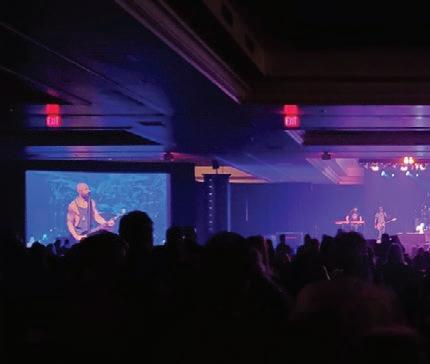
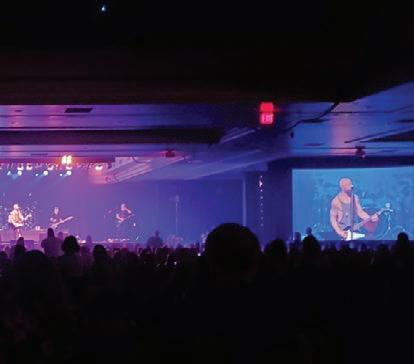
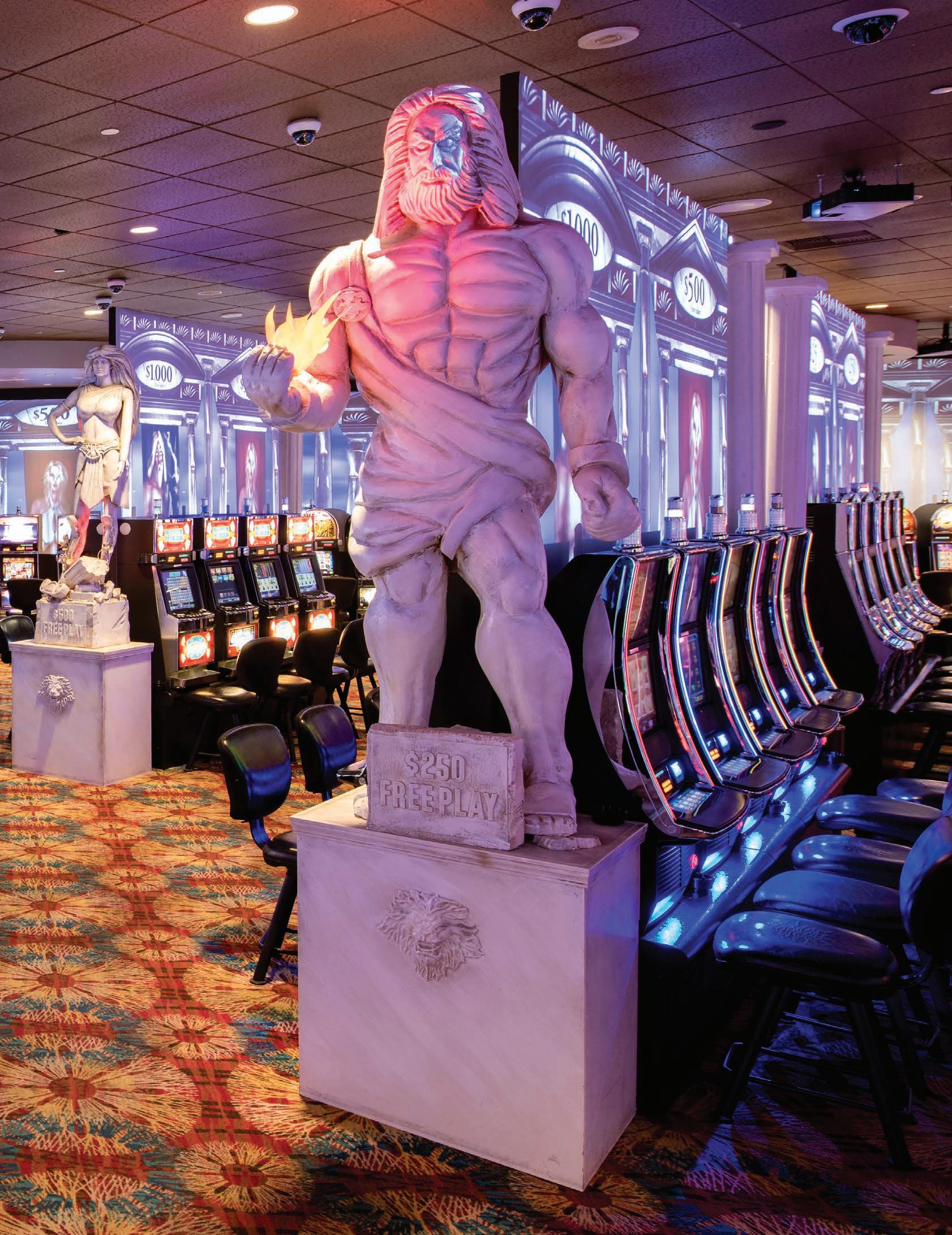
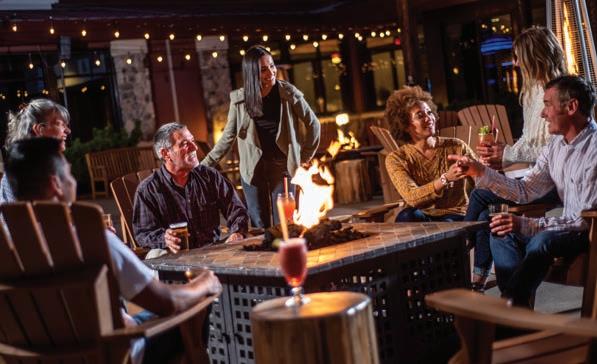

The tribe got busy, and with hard work and a “mere” $1,000,000 investment, it unveiled the first ever tribal gaming center in Oregon. Generally, the reception was welcome for the new entertainment center, and fears about increased crime were ultimately proven to be unfounded. The original bingo hall was 9,600-square-feet and offered 450 seats to play bingo five nights a week. Small improvements – by today’s standards – came in the years that followed, including adding video poker and video blackjack machines. The bigger changes, however, occurred along with the impact that the bingo hall had on the surrounding community. It is hard to imagine now, but the bingo hall began operations by employing just 33 people.
Flash forward to today and Seven Feathers Casino Resort and the Cow Creek Tribe employ nearly 1,000 people, making it one of the largest employers in Southern Oregon. It might not have been obvious in 1992 that a small bingo hall would develop into such a significant employment force that helps many different communities in the state, but that is exactly what happened. For some people, working at the casino resort is their first job, but those opportunities turn into career growth for many different

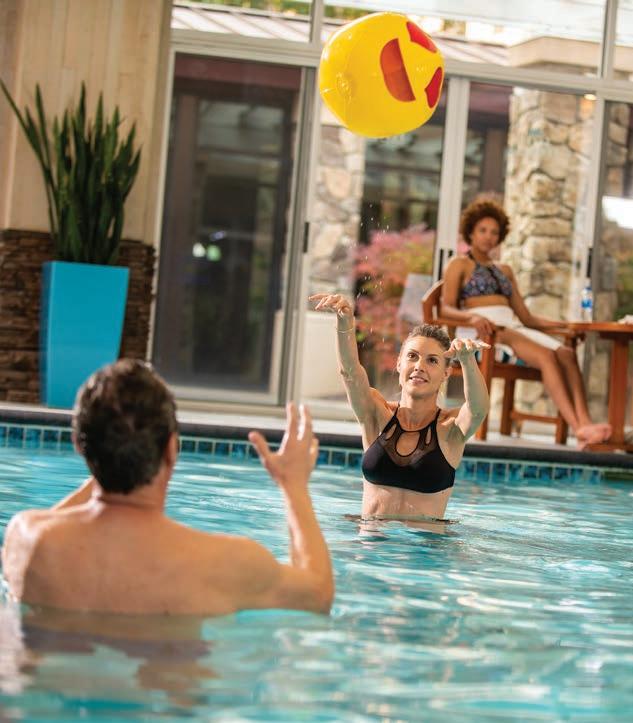

people. Indeed, many of the directors at the casino resort and beneath the broader tribal umbrella began as entry-level, hourly employees.
It’s more than just opportunities for growth that make the organization so important to Southern Oregon. Today, they are continually hiring with entry-level wages that, by far, outpace similar jobs with other organizations. Employees also receive a terrific benefits package that extends, in many cases, to their entire family, providing a level of health care that is difficult for most people in this country to get. Over the course of 30 years of employment, you can see how the Cow Creek Tribe and Seven Feathers have worked to develop this type of offering for its employees. They place a clear value on

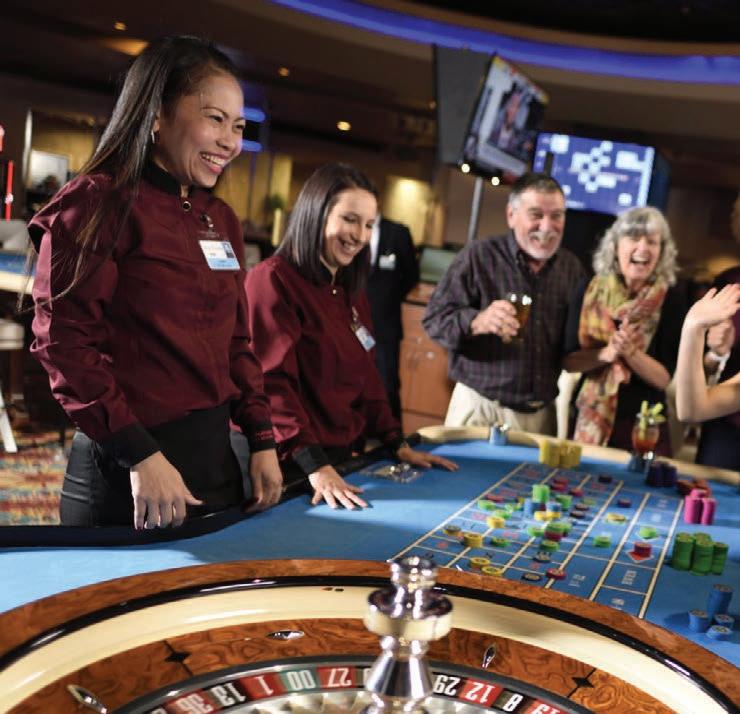
LARGEST EMPLOYERS IN SOUTHERN OREGON.
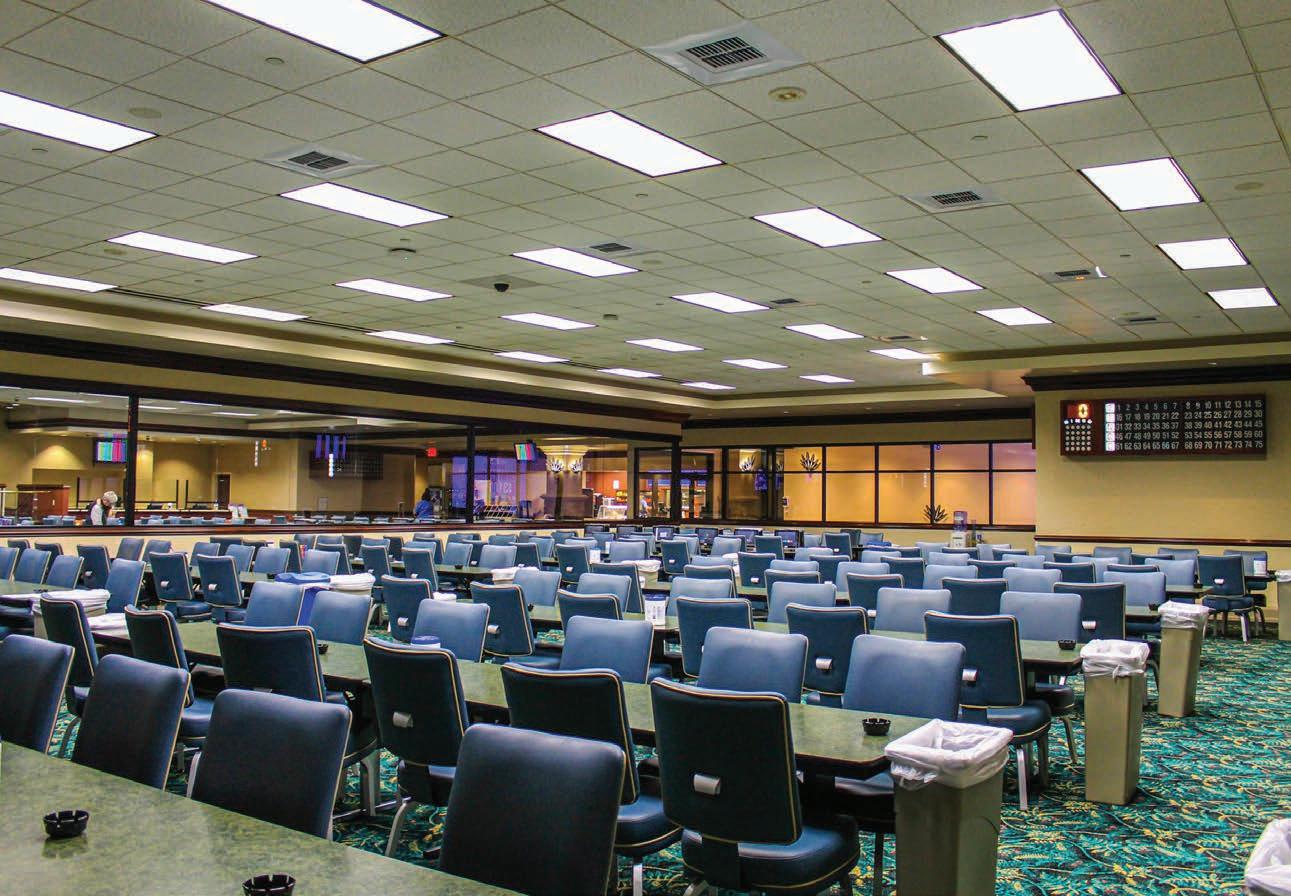
their staff and on their ability to utilize employment as a way to enhance the community where they operate.
Giving back to the community is something you don’t have to look very far to see for yourself with Seven Feathers and the Cow Creek Tribe. There is a good chance that you or someone you know has felt the impact first-hand. In 1997, the Cow Creek Umpqua Indian Foundation was formed to help support non-profit organizations in several Oregon Counties, including Douglas, Jackson, Josephine, Coos, Klamath, and others. To date, the foundation has awarded over $20 million dollars in grants to the seven counties it serves. This has a tremendous positive impact on the organizations that serve many types of people in Southern Oregon. Keeping non-profits funded and staffed helps the foundation serve its core goals to help people meet basic needs, advocate for abuse prevention & intervention, support education, improve health & wellness, and generally provide community support services.
Seven Feathers also directly contributes to the community and region in its own ways. Almost every day, requests are made from a wide variety of individuals and organizations to donate goods and services for raffles, silent auctions, and other charitable events. They also
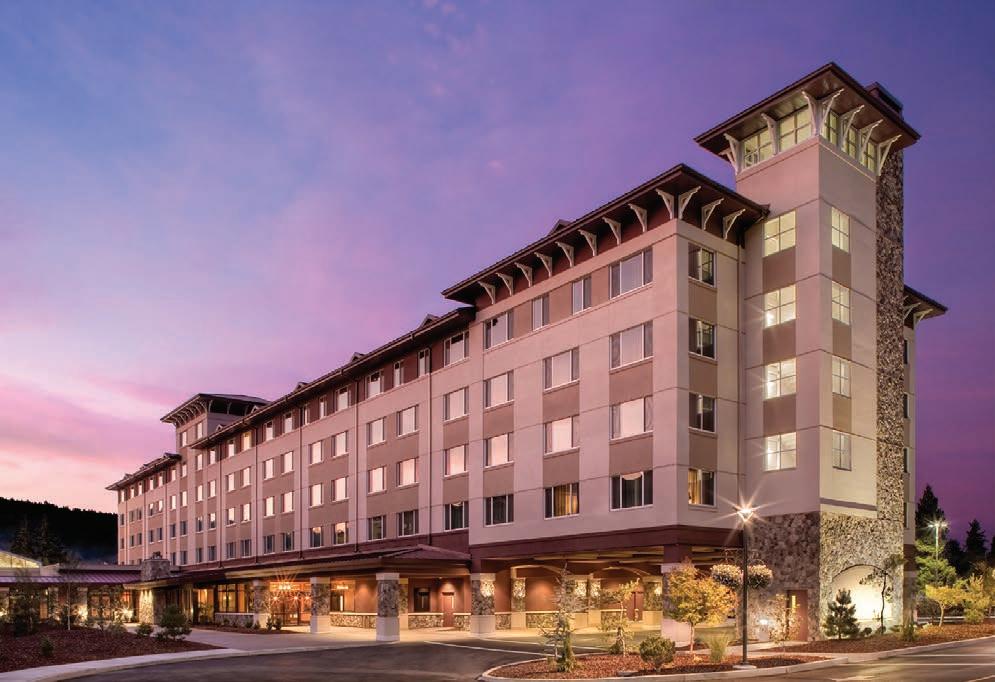
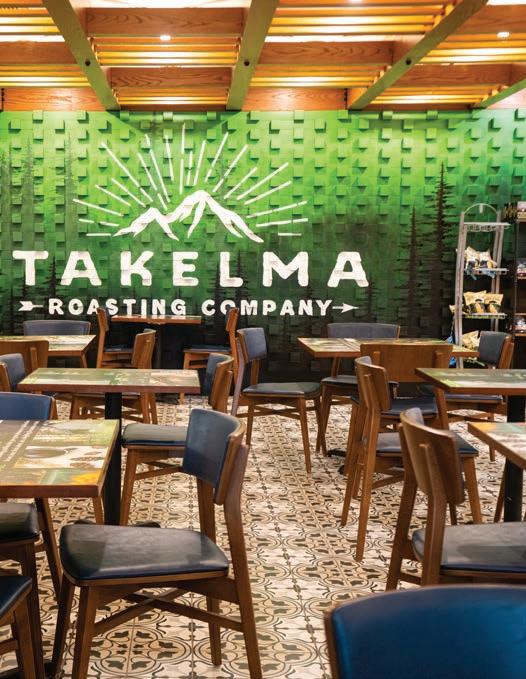
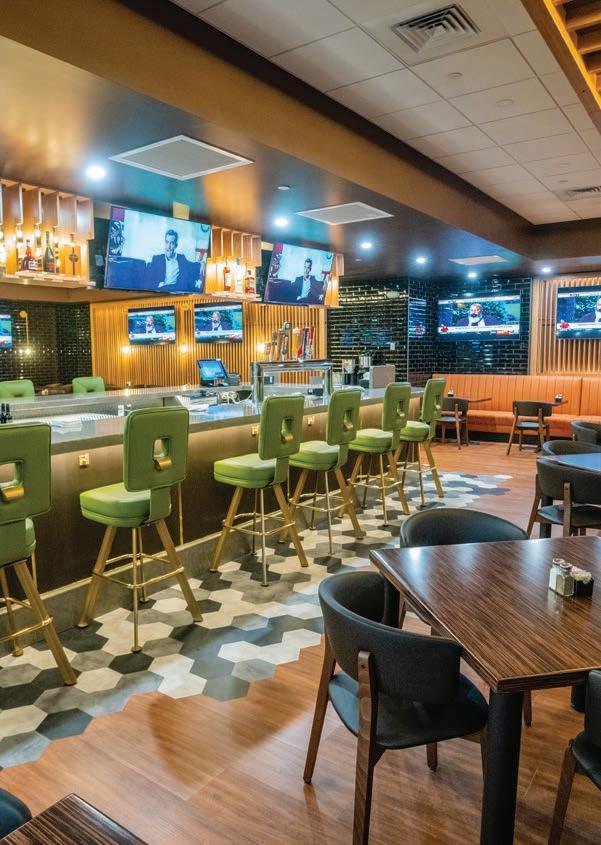
contribute through community sponsorships to provide events across the state. This includes Sportsmen’s Shows, the Pear-Blossom Festival, and free community events at the resort property, like Tacotopia and Bites, Blues, & Brews. This tradition of giving back is something that is 30 years in the making and will only continue to support Southern Oregon in the future.
Celebrating the 30-year anniversary marks a special occasion to look back at all the accomplishments of the property, like adding a hotel in 1996 or operating seven dining outlets. Seven Feathers also hopes it is an opportunity to for the community to celebrate its memories over the years, from anniversaries at the Camas Room (now K-Bar Steak House) to jackpots won or concerts attended. These moments that have built the property into the award-winning casino resort that it is. Seven Feathers Casino Resort is an entertainment gem in the Pacific Northwest, and it is fortunate that it makes its home in Southern Oregon.
If it’s been a while since you’ve visited or if you want to see some of its new renovations, now is a great time to visit Seven Feathers. Stop in and share your memories. Maybe it was your first job. Maybe their donations have supported you or someone you care about. Maybe you just like having a place to go to relax and have fun. Whatever your reason might be, it is worth the trip up or down I-5 to help mark the occasion and to see why Seven Feathers has been such a great destination for 30 years (and counting). gp

